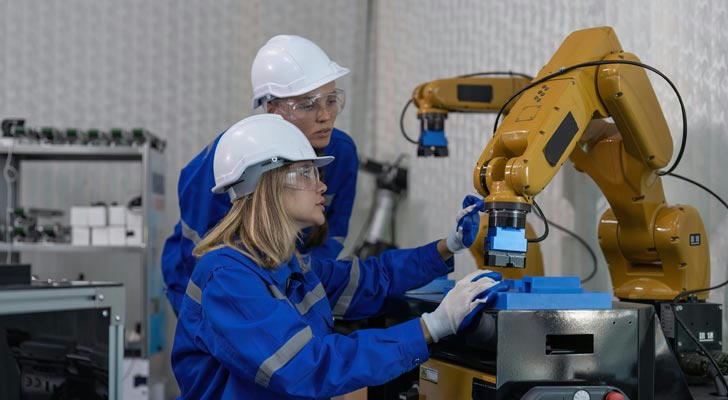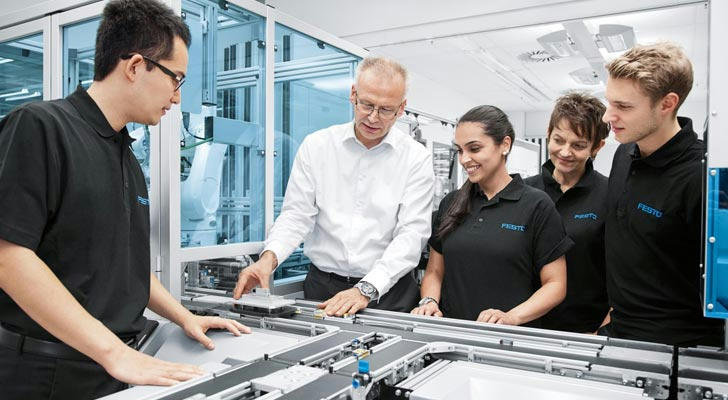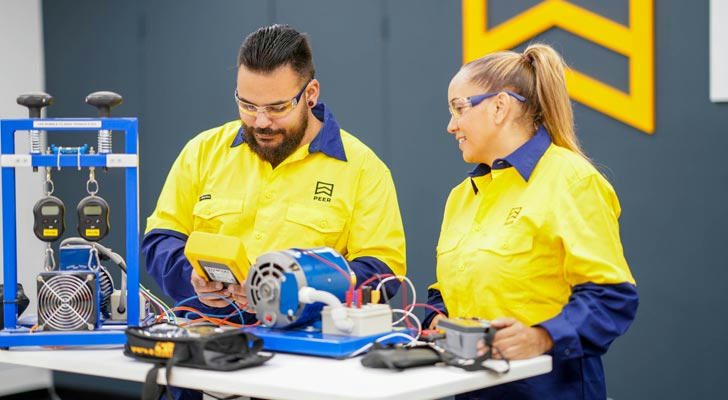The Unexpected Skills Crisis: Why Everyone's Scrambling for Hands-On Talent
A growing number of industries worldwide are discovering that practical, hands-on expertise is indispensable to modern economies. From construction and manufacturing to urban infrastructure and renewable energy initiatives, professionals who can apply technical skills on the ground are in increasingly short supply. This trend reflects three major shifts: labor-market dynamics, educational reforms, and the integration of technology into traditional trades. Together, these forces are elevating the status of manual skills and creating clear pathways for those who master them.

1. A Widespread Shortage of Skilled Tradespeople
Many advanced economies face chronic shortages in roles that require hands-on ability:
United States: The construction sector alone needs roughly 723,000 new workers each year to keep pace with demand.
Germany: More than 400,000 technical vacancies have been reported across fields such as electrical installation and mechanical maintenance.
Australia: Projections indicate a need for an additional 21,000 automotive technicians by 2024.
These gaps are prompting governments and industry alike to explore new strategies for attracting and training competent tradespeople.
2. Transforming Education to Meet Demand
Educational systems are shifting to place greater emphasis on applied learning:
Dual-track models: Germany’s system combines classroom instruction with paid, on-site training in partner companies. Graduates emerge ready to contribute from day one.
Expanded vocational pathways: In the United States, an increasing number of high schools and community colleges offer focused programs in fields like welding, electrical work, and HVAC maintenance—often developed in consultation with local employers.
Apprenticeship growth: The United Kingdom has broadened its apprenticeship schemes so that students earn recognized credentials while gaining real-world experience.
Case in Point: In Bavaria, a region of Germany, over 85% of students who complete dual-track training in mechatronics secure long-term positions with a partner firm within three months of graduation.

3. Technological Advancements Redefining Trades
Far from being dated, many manual trades now require proficiency with sophisticated tools and digital systems:
Renewable energy technicians: Solar panel installers and wind turbine service specialists must interpret performance data from digital sensors as well as carry out structural and electrical repairs.
Smart manufacturing roles: Technicians in advanced factories may program CNC machines, troubleshoot robotics, and manage IoT (Internet of Things) diagnostic platforms.
Case in Point: In Texas’s “Gigafactory” complex, maintenance crews use augmented-reality headsets to overlay wiring diagrams onto real-world equipment, reducing downtime by up to 30%.
4. Evolving Social Attitudes Toward Vocational Careers
Perceptions of tradesmanship are changing, helped by data and success stories:
Job satisfaction: Surveys show that over 90% of U.S. trades professionals report feeling accomplished and secure in their field.
Parental support: In the U.K., more families are urging their children to consider apprenticeships as a way to acquire both academic credentials and job experience.
Case in Point: A 2023 survey of Generation Z in Ontario found that 68% would recommend a plumbing or electrical apprenticeship to peers, citing steady workloads and opportunities for career advancement.

5. Policy Measures and Cross-Border Cooperation
National and international initiatives are addressing skills gaps through funding, regulation, and partnerships:
India’s Skills Mission: A state-level program in Uttar Pradesh aims to train 27,000 young people in hospitality, automotive services, and healthcare support over the next two years.
Australian vocational reform: New legislation is restructuring funding incentives to encourage industry participation in curriculum design.
Bilateral education agreements: Germany and South Korea have collaborated to import the dual-track model, tailoring it to local needs and reducing youth unemployment.
6. Practical Steps for Individuals and Organizations
To capitalize on the momentum behind hands-on skills, stakeholders can take the following actions:
Assess Local Needs
Conduct a regional labor-market survey to identify the most critical skill shortages.
Engage chambers of commerce or industry associations to validate findings.
Develop Collaborative Training Programs
Partner educational institutions with employers to co-design curricula that align with real-world practices.
Incorporate both foundational theory and supervised fieldwork.
Integrate Technology into Instruction
Equip training centers with modern equipment—CNC machines, diagnostic software, AR/VR tools.
Train instructors on digital platforms so they can mentor students effectively.
Establish Clear Career Pathways
Define progression routes from entry-level technician to supervisory or specialist roles.
Offer recognized certifications at each milestone to motivate continuous learning.
Promote Trade Professions Widely
Highlight success stories through local media, community events, and school outreach.
Showcase real-world case studies of professionals who have built stable, long-term careers.
Monitor and Adjust
Collect feedback from trainees and employers on program effectiveness.
Update training content annually to reflect technological and regulatory changes.

7. Looking Ahead: Opportunities and Challenges
While the prominence of manual skills continues to grow, several challenges remain:
Overcoming lingering biases: Persistent stigmas around vocational work must be addressed through education and positive media representation.
Keeping pace with innovation: Rapid technological change requires continuous curriculum updates and instructor development.
Ensuring equitable access: Training opportunities should be made available across urban and rural areas to prevent regional disparities.
By implementing structured, technology-infused training programs and fostering strong industry-education partnerships, societies can turn the current skills shortage into an opportunity—producing a workforce equipped to support infrastructure, manufacturing, energy, and service sectors for decades to come.

